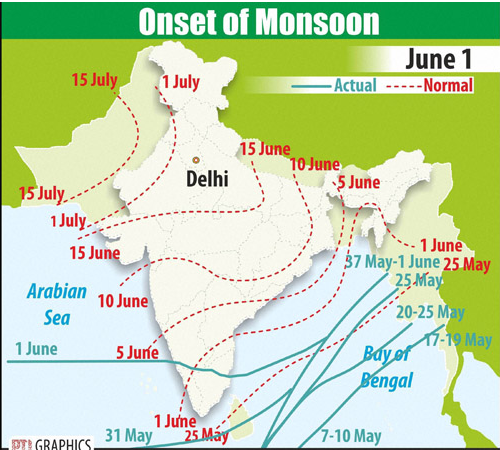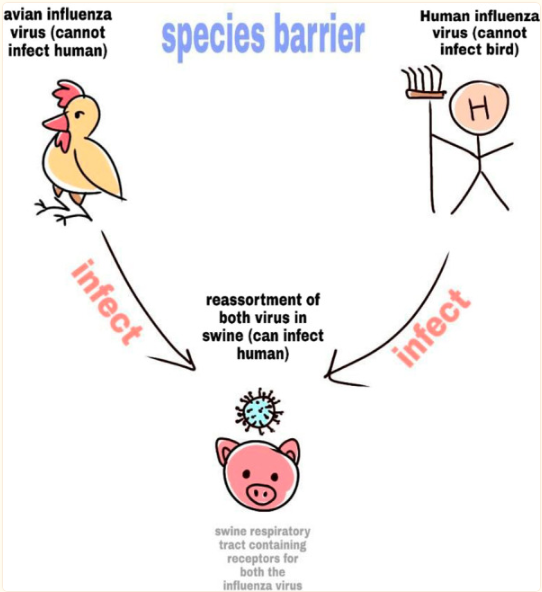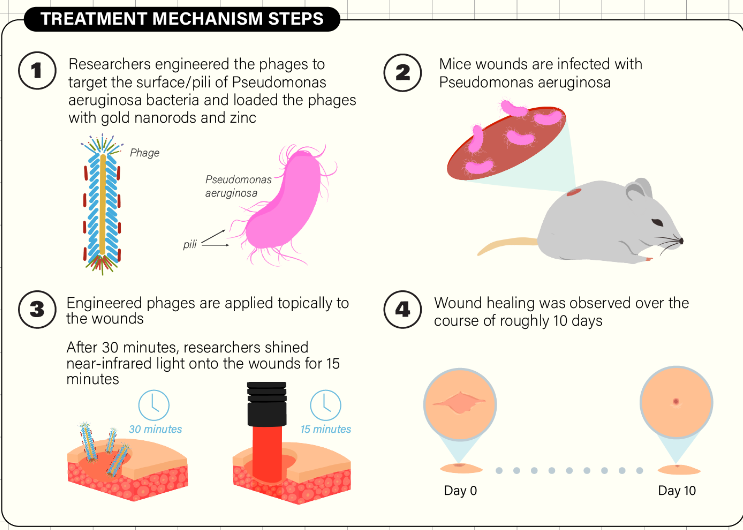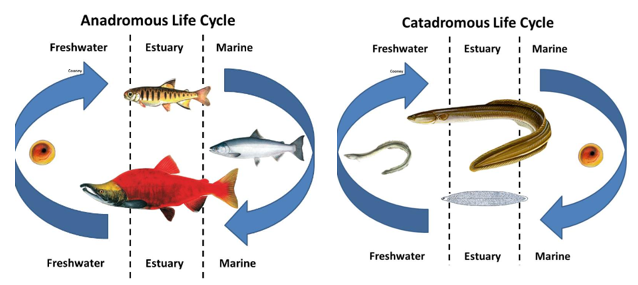Onset of monsoon
India Meteorological Department (IMD) says that the southwest monsoon is progressing normally, and conditions are suitable for its onset on the Kerala coast in the next 5 days.
- Onset of Monsoon in India – Here, the monsoon refers to the South West Monsoon.
- In Andaman and Nicobar Islands – Monsoonal rainfall Between May 15 & May 20 every year.
- Kerala coast – Rain in the last week of May.
- Rain over the Kerala coast marks the beginning of the 4-month, June-September southwest monsoon season over India.

According to the IMD, the onset of the monsoon marks a crucial transition in the large-scale atmospheric and ocean circulations in the Indo-Pacific region.
- Official declaration – It is announced only after certain defined and measurable parameters, adopted in 2016 by IMD are met.
- Determining factors – The consistency of rainfall over a defined geography, its intensity, and wind speed.
- Rainfall – At least 60% of 14 designated meteorological stations in Kerala &Lakshadweep record at least 2.5 mm of rain for 2 consecutive days at any time after May 10.
- In such a situation, the onset over Kerala is declared on the 2nd day.
- Wind field – The westerlies are prevailing winds that blow from the west at midlatitudes.
- The depth of westerlies, should be up to 600 hectopascal (1 hPa is equal to 1 millibar of pressure) in the area bound by the equator to 10ºN latitude, and from longitude 55ºE to 80ºE.
- Zonal Wind speed – It should be of the order of 15-20 knots (28-37 kph) at 925 hPa over the area bound by 5-10ºN latitude and 70-80ºE longitude.
- Heat – According to IMD, the INSAT-derived Outgoing Longwave Radiation (OLR) value should be below 200 watt per sq m (wm2) in the box confined by 5-10ºN latitude and 70-75ºE latitude.
Outgoing Longwave Radiation (OLR) is a measure of the energy emitted to space by the Earth’s surface, oceans, and atmosphere.
- Significance – It brings more than 70% of India’s annual rainfall.
Reference
The Indian Express| Factors determining the Onset of Monsoon
Cross-species Transmission
Researchers find genetically altered Nidoviruses may trigger the next pandemic.
- Cross-species Transmission – Crossbreeding between different viruses may lead to the emergence of a completely new, altered virus with potentially more threatening characteristics.
|
1918 Flu Pandemic - Cross-species transmission
|
- It is said to have originated in a farm where a bird with the flu virus and a human with another flu virus came in contact with a pig.
- The virus in the bird couldn’t affect humans and vice versa however, they both could infect the pig.
- Inside the cells of the pig host, the 2 flu viruses through re-assortment, form a new strain of H1N1 (avian origin) which was able to infect humans.
- Thus it is impossible to predict all the ways a virus may evolve.

|
Nidoviruses are RNA viruses that infect a broad range of animals including terrestrial and marine mammals, fish, birds, reptiles, insects, crustaceans, mollusks, and helminths.
- Crossbreeding in Nidoviruses – The discovered nidoviruses in fish frequently exchanged genetic material between different virus species, even across family boundaries.
- Susceptible populations – Such natural crossbreeding processes among viruses may easily take place in bats that are known to carry a large number of viruses inside their bodies.
- Concerns – This natural evolution of viruses occurs as different virus species create new pathogens inside vertebrates.
- Such viruses may even trigger another COVID-19-like pandemic.
References
- Wion| Cross-Species Transmission found in Nidoviruses
- NCBI| Crossbreeding between viruses
Phage Therapy
New phage therapy treatment can treat antibiotic-resistant infections in all animals.
- Phages or Bacteriophages – They are natural viruses that can selectively target and kill bacteria.
- Phage therapy – It is a treatment for people suffering from chronic or antibiotic-resistant infections.
In 2010, the 1st report of a veterinary clinical trial of a phage-based infection treatment done to 10 dogs with chronic ear infections by the bacterium Pseudomonas aeruginosa. This bacterium Pseudomonas aeruginosa can infect humans as well as canines.

- General therapy – It has also been used in cows, chickens, and other farm animals.
- The US Food and Drug Administration (FDA) has approved the use of general phage therapy in the food industry, largely in the dairy and meat industry, to combat bacterial growth.
- Personalised therapy – The specific phages used are tailored to the individual patient's infection, as determined through bacterial culture and genetic analysis.
Pranav Johri is the 1st Indian who underwent the phage therapy from Nov 2016- March 2018.
- Advantages – Decrease the bacterial load, faster wound healing and nontoxic compared to standard antibiotics.
- Disadvantages – Treatment currently specific to only some kinds of bacteria and it can be applied only to wounds that are shallow and accessible by light.
- Current research – Phage therapy treatment for a 5-year-old Siamese cat that suffered from an infection with P. aeruginosa bacteria.
The successful outcome of this case underscores the critical need for novel therapeutics like personalized phage therapy to cope with the growing concern of antibiotic-resistant infections that affect up to 8.5% of surgical sites following orthopedic surgeries in pets.
References
- The Jerusalem Post| Successful Phage Therapy in Siamese Dog
- Daily Bruin| Phage Therapy against Antibiotic Resistant Bacterium
Uses of Sweet sorghum
Research shows that Sweet sorghum might offer solutions in drought-hit southern Africa.
- Sweet Sorghum – It is a hardy, nutritious, biofuel crop.
- It is indigenous to the African continent.
- Food Security – It can produce grains, animal feed and sugary juice in stalk, making it unique among crops.
- The grains are prepared as steamed bread or porridge malt for traditional beer.
- Nutritional security – They’re nutritionally rich, with high energy values, proteins, carbohydrates, and fibre as well as essential minerals such as potassium, calcium, sodium and iron.
- Biofuel production – Its sweet juice contains sucrose, glucose and fructose, which are essential for bioethanol production.
- Drought resilient – It enter a dormant state during extended periods of dryness and resume growth afterwards.
- Under intense water scarcity conditions, it makes use of its stalk juice to supplement its plant needs.
Sweet sorghum’s ability to withstand low water and nitrogen inputs, as well as its tolerance for salinity and drought stress, makes it an ideal crop for farmers in arid regions. It is widely cultivated in US, Brazil and China.
- Advantage over Maize – Though both have similar nutrients, it is resilient in arid climates and produces more bioethanol.
- For instance, it produces a lot of biomass as it grows, which is left over after harvest, which can used as animal feed.
|
Biofuel Crops
|
- Examples – Sugarcane, maize, grain sorghum, sugar beet, rapeseeds and sunflower.
- Uses – They are rich in starch, sugar or oils that can be converted into bioethanol directly or through a fermentation process.
- Bioethanol – A type of ethanol produced from biological or plant based sources, emits fewer greenhouse gases compared to fossil fuels like petroleum, natural gas and coal.
- Among all crops, Sugarcane produces more biofuel.
- Challenges – They are highly susceptible to extreme weather events.
- They require high upfront investment for fertilisers, chemicals and irrigation and also compete with food production.
|
Reference
Down To Earth| Uses of Sweet Sorghum
Diadromous fish
A new study has found that Marine Protected Areas (MPA) designated to protect diadromous fish species did not align with their core habitats.
- Diadromous fish – They are the species which regularly migrate between the sea and freshwater.
- Thus, they have evolved mechanisms to transition between seawater and freshwater environments.
- The anadromous species – They spawn in fresh water but spend much of their lives in the sea.
- The catadromous species – They spawn at sea but spend most of their lives in freshwater.
- The Amphidromous species – They may spawn in estuaries or in sea but in estuaries for much of their lives.

Spawns are the eggs and sperm released by fishes and other aquatic animals. The female fish releases eggs into the water & the male fish releases milt (semen from male fish) to fertilize the eggs.
- Threats – They are sensitive to anthropogenic pressures.
- They are subjected to terrestrial, freshwater, and marine pressures such as agricultural and pollutant runoffs, habitat destruction, barriers to migration, fishing, bycatch, and climate change.
- Barriers to migration like dams, weirs and locks have a collective impact as these fish move between freshwater and marine habitats throughout their life cycle.
A sharp decline in diadromous fish which was noted recently by The Living Planet Index (LPI) for the Migratory Freshwater Fishes 2024 Update.
- Challenges – Only 55% of modelled core habitats identified for diadromous fish overlapped with the MPAs and in these areas, only 50% had measures in place for the protection of the fish.
A marine protected area (MPA) is defined as a geographically defined marine area, designated and managed to achieve specific long-term biodiversity conservation objectives and may allow, where appropriate, sustainable use provided it is consistent with the conservation objectives.
Reference
Down To Earth| Challenges in protecting Diadromous Fish


